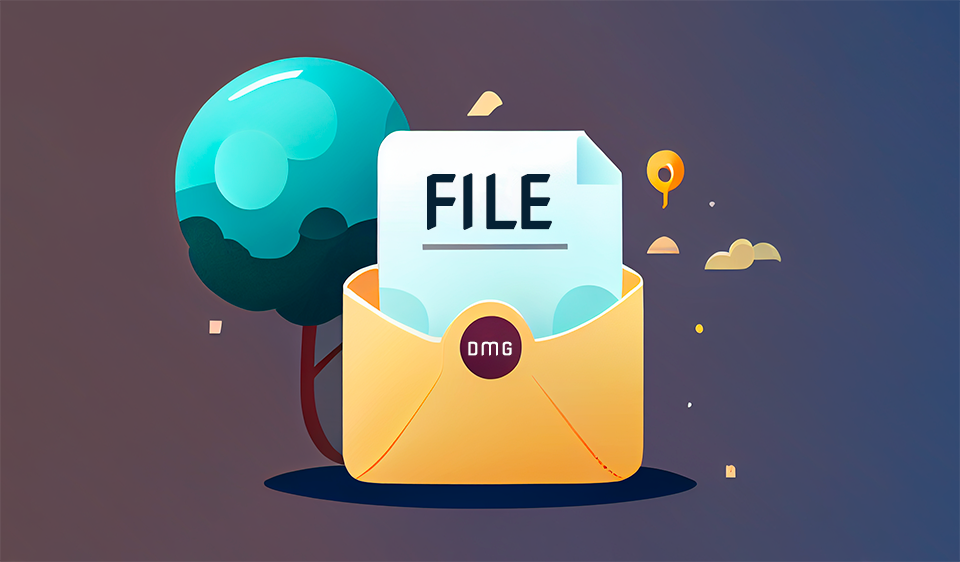What is Disk Image (DMG)?
Disk Image (DMG) is a file format used for storing and distributing disk images on the macOS and iOS platforms. DMG files are created by taking a snapshot of a volume or partition and storing it in a single file, which can be used to create an exact copy of the original volume or partition. DMG files are typically identified by the .dmg file extension.
How does DMG work?
DMG works by taking a snapshot of a volume or partition and storing it in a single file, along with metadata about each file, such as its name, size, and permissions. The resulting DMG file can be used to create an exact copy of the original volume or partition, allowing users to easily distribute and install software or restore a damaged system. DMG files can also be compressed using algorithms such as LZFSE or Zlib to reduce their size.
Advantages of DMG
There are several advantages to using DMG for storing and distributing disk images:
- DMG allows for the creation of a single file that contains an exact copy of a volume or partition, which can be convenient for distributing and installing software or restoring a damaged system.
- DMG supports compression, which reduces the size of the disk image and makes it faster to transfer over a network.
- DMG is widely supported on the macOS and iOS platforms, with support for the format built into many software programs and operating systems.
- DMG allows for the creation of bootable disk images, which can be used to boot and install operating systems on computers.
Uses of DMG
DMG is primarily used for storing and distributing disk images on the macOS and iOS platforms. It is often used by software developers to create installation packages for their programs and is also commonly used by businesses and organizations to distribute operating systems and system updates.
